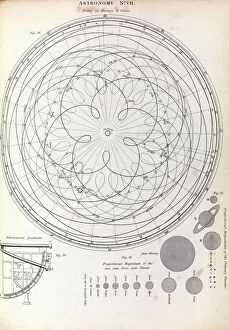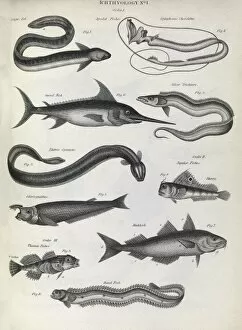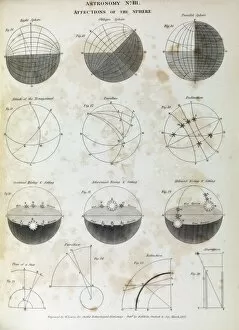Universal Technological Dictionary Collection
"Unlocking the Secrets of the Universal Technological Dictionary
All Professionally Made to Order for Quick Shipping
"Unlocking the Secrets of the Universal Technological Dictionary: A Glimpse into 19th-century Knowledge" Step back in time and explore the fascinating world of knowledge with the Universal Technological Dictionary. Published in 1823, this remarkable compendium offers a glimpse into the diverse fields that shaped our understanding of science and technology during that era. Delve into celestial wonders as you navigate through intricate diagrams depicting the epicycles of Mercury and Venus. Marvel at how astronomers sought to unravel the mysteries of our solar system centuries ago, paving the way for future discoveries. Travel further down this intellectual journey and encounter a defunct Linnaean taxonomy, showcasing early attempts to classify living organisms. Witness how scientists grappled with organizing nature's vast diversity before modern biological systems emerged. Immerse yourself in musical notation and tables, where harmonious melodies were transcribed onto paper, capturing emotions through soundwaves. Discover how composers meticulously crafted their masterpieces using these timeless tools. Engage your mechanical curiosity by studying detailed illustrations on mechanics – gears turning, levers shifting – revealing principles that underpin countless inventions we rely on today. These visual representations offer insights into machines' inner workings from an era when engineering was rapidly advancing. Dive beneath ocean waves as you examine fish illustrations teeming with vibrant colors and intricate details. Observe marine life frozen in time, reminding us of Earth's incredible biodiversity waiting to be explored even then. Witness insect illustrations buzzing with life; each delicate wing stroke captured meticulously by skilled artists who aimed to document every species they encountered. Appreciate their dedication to preserving nature's tiniest marvels within these pages. Embark on a botanical expedition through lush landscapes depicted in vivid botany illustrations. Study plant anatomy intricately portrayed - petals unfurling, roots spreading - offering glimpses into flora's hidden wonders discovered long ago.
















